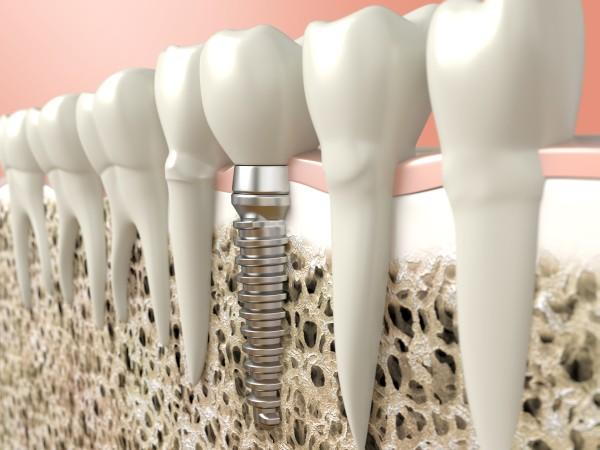
Bone grafting is often required before receiving dental implants. While bone grafting can seem scary, it is normally not as invasive as the patient expects going into the procedure. By understanding exactly what a bone grafting procedure entails, you can properly prepare and minimize any anxieties that may exist before the bone grafting procedure.
BONE GRAFTING INFORMATION
A bone grafting procedure is fairly simple for most oral care professionals, but it does require a surgical procedure, which can be nerve-wracking for many patients. The following is the most useful information about bone grafting, including what bone grafting is, who needs the procedure and how the bone grafting process works.
WHAT IS BONE GRAFTING?
Bone grafting is a surgical procedure performed to strengthen the jawbone, and it is most commonly utilized before placing dental implants. Bone grafting is a surgical procedure, and it involves filling the weakened or lost bone mass with a strong grafting material.
Bone grafting usually involves a healing process to allow the grafting material to effectively bond with the jaw, ensuring a dental implant can be securely placed. While bone grafting has been more common in other areas of the body, there has been a rise in dental bone grafting, along with dental implant placement.
WHO NEEDS BONE GRAFTING?
As it pertains to dental bone grafting, the procedure may be needed any time there is substantial bone loss near the mouth or a minimum level of bone loss that still prevents another procedure from being performed.
Most commonly, bone grafting is necessary before dental implant surgery. Dental implant placement involves placing an implant into the jawbone, and there must be enough bone there to support the implant, which is why bone grafting is often required with dental implants.
However, there are various other instances where a bone grafting procedure may be needed as well.
BENEFITS OF BONE GRAFTING
While many view bone grafting as an invasive inconvenience, it is actually necessary on many occasions, and there are many valuable benefits of bone grafting. Most importantly, bone grafting helps restore bone loss in the mouth, which is common among individuals who are missing teeth.
Bone grafting also helps provide strength and support to dental implants, allowing the lifespan of implants to be much greater than it would otherwise be without bone grafting. Due to its ability to help provide strength to teeth, bone grafting helps restore the appearance and function of the entire mouth.
THE BONE GRAFTING PROCESS
The bone grafting process is fairly simple. The first step toward bone grafting is to schedule a consultation with a dentist, who will conduct a thorough oral examination and likely take X-rays to determine whether a bone grafting procedure is necessary.
After the patient and dentist agree to a bone grafting procedure, a bone grafting material is then grafted into the jaw through a surgical procedure to restore the strength of the jaw. Anesthesia is used, so the entire operation is painless for the patient.
After the patient and dentist agree to a bone grafting procedure, a bone grafting material is then grafted into the jaw through a surgical procedure to restore the strength of the jaw. Anesthesia is used, so the entire operation is painless for the patient.

